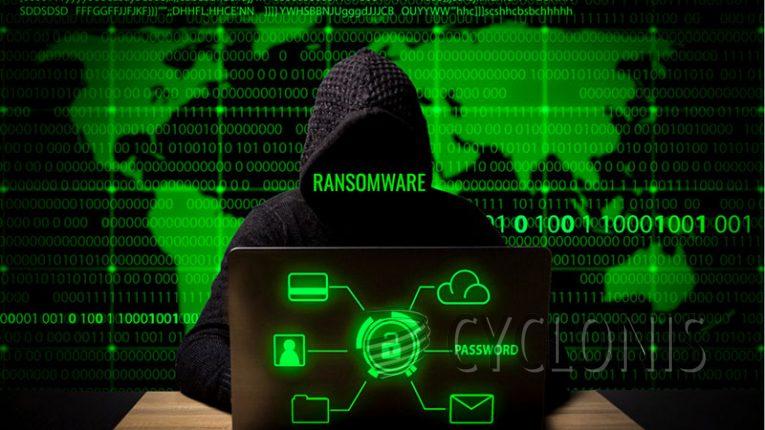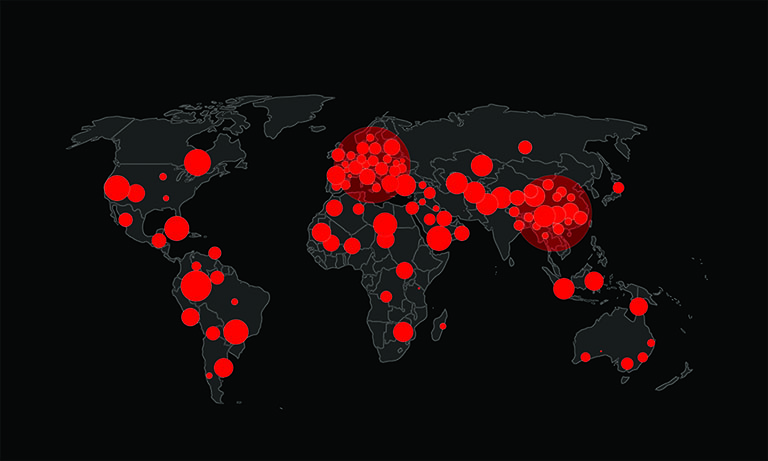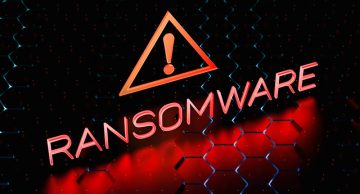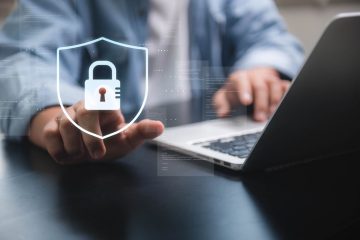Defi Ransomware: A Threat That Demands Payment for Your Data

Ransomware has become a prominent tool for cybercriminals, and Defi Ransomware is no exception. Part of the notorious Makop family, Defi follows a familiar pattern: it encrypts files on infected systems, making them inaccessible to their owners, and demands payment in exchange for their recovery. This type of ransomware is primarily distributed through phishing emails, social engineering tactics, and other deceptive means.
Table of Contents
How Defi Ransomware Operates
Upon infiltrating a device, Defi Ransomware begins encrypting files, rendering them unusable. The ransomware appends file names with a unique identifier, a cybercriminal's contact email, and the extension ".defi1328." For example, a file named "photo.jpg" might be transformed into "photo.jpg.[UniqueID].[contactemail].defi1328" after encryption.
Once Defi has completed its encryption process, it alters the desktop wallpaper to grab the victim's attention. Additionally, it drops a ransom note titled "+README-WARNING+.txt" that explains the situation. The note informs users that their data has been encrypted and offers them an opportunity to test decryption on select files, giving victims a false sense of security.
Here's what the ransom note says:
::: Greetings :::
Little FAQ:
.1.
Q: Whats Happen?
A: Your files have been encrypted. The file structure was not damaged, we did everything possible so that this could not happen..2.
Q: How to recover files?
A: If you wish to decrypt your files you will need to pay us..3.
Q: What about guarantees?
A: Its just a business. We absolutely do not care about you and your deals, except getting benefits. If we do not do our work and liabilities - nobody will cooperate with us. Its not in our interests.
To check the ability of returning files, you can send to us any 2 files with SIMPLE extensions(jpg,xls,doc, etc… not databases!) and low sizes(max 1 mb), we will decrypt them and send back to you. That is our guarantee..4.
Q: How to contact with you?
A: You can write us to our mailboxes: wewillrestoreyou@cyberfear.com or wewillrestoreyou@onionmail.org.5.
Q: How will the decryption process proceed after payment?
A: After payment we will send to you our scanner-decoder program and detailed instructions for use. With this program you will be able to decrypt all your encrypted files..6.
Q: If I don t want to pay bad people like you?
A: If you will not cooperate with our service - for us, its does not matter. But you will lose your time and data, cause only we have the private key. In practice - time is much more valuable than money.:::BEWARE:::
DON'T try to change encrypted files by yourself!
If you will try to use any third party software for restoring your data or antivirus solutions - please make a backup for all encrypted files!
Any changes in encrypted files may entail damage of the private key and, as result, the loss all data.
The Ransom Note and Its Tactics
The ransom note accompanying Defi Ransomware plays a critical role in the extortion process. It reassures victims that their files are intact and haven't been structurally damaged. The note outlines how victims can pay the ransom to obtain a decryption key, warning them against tampering with the files or using third-party recovery tools. In many cases, the ransomware creators threaten that any such attempts could lead to permanent data loss.
Defi's creators also offer victims a chance to decrypt a few files for free, often a tactic designed to instill trust. By doing this, they make it appear as if the payment will indeed unlock the encrypted data, though this is never guaranteed. Paying the ransom is a risky move, as cybercriminals may choose not to provide the decryption key even after receiving payment.
The Dangers of Complying with Ransom Demands
Complying with ransomware demands does not always result in data recovery. Victims who pay may find that the decryption key is never delivered. Unfortunately, this outcome is common with ransomware operations like Defi. In fact, paying only fuels future attacks by providing cybercriminals with the financial incentive to continue their illicit activities.
Moreover, removing Defi Ransomware from a system will not decrypt previously locked files. The encryption remains intact unless a backup exists that predates the infection. This highlights the importance of maintaining regular backups, stored on remote servers or disconnected storage devices to prevent them from being compromised in the event of a ransomware attack.
How Ransomware Like Defi Spreads
Ransomware, including Defi, spreads primarily through deceptive tactics. Phishing emails are a favorite method, where attackers disguise malicious attachments as legitimate files. These attachments often contain infected documents, executables, or archives that launch the ransomware when opened.
Another common method involves using compromised websites or untrustworthy download sources, such as peer-to-peer sharing networks or third-party websites offering software downloads. Ransomware can also spread through malicious ads (known as malvertising), where an unsuspecting user is directed to a fraudulent website that automatically downloads the ransomware onto their system. Additionally, some ransomware variants can self-propagate via local networks, infecting connected devices with ease.
Mitigating the Risk of Ransomware Infections
Preventing ransomware attacks requires vigilance. Users should exercise caution when handling email attachments or clicking on links in messages, especially those from unknown or untrustworthy sources. It's also essential to download software and updates from verified, official sources, avoiding third-party or unauthorized sites.
Another crucial strategy to mitigate ransomware damage is regularly backing up data and storing it in multiple secure locations. Should an attack occur, having access to recent backups can drastically reduce the impact, as encrypted files can be restored without paying a ransom.
The Bigger Picture: Why Defi and Ransomware Are on the Rise
Ransomware like Defi thrives because it exploits both human error and gaps in cybersecurity defenses. Social engineering tactics—such as posing as trusted entities in emails—have proven effective in convincing users to open malicious files. Additionally, many organizations and individuals lack sufficient backup systems or fail to apply regular software updates, leaving them vulnerable to attacks.
The profitable nature of these schemes further bolsters the persistence of ransomware. As long as attackers receive payments from victims, they will continue to launch new campaigns. For this reason, cybersecurity experts strongly advise against paying the ransom. Instead, the focus should be on proactive defenses, such as regular data backups, careful browsing habits, and ensuring that security software is always up to date.
Final Thoughts
Defi Ransomware is a reminder of the growing threat posed by ransomware programs. Once infected, victims face the painful reality of losing access to critical files, with the promise of recovery hinging on a payment that offers no guarantees. The best course of action is to prevent the infection from occurring in the first place by practicing safe browsing, being wary of suspicious emails, and ensuring that important files are backed up in secure, separate locations.
By taking these precautions, users can minimize the damage caused by ransomware like Defi and protect their valuable data from falling into the hands of cybercriminals.








